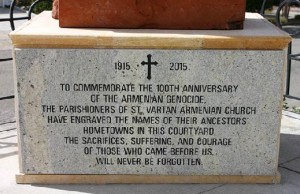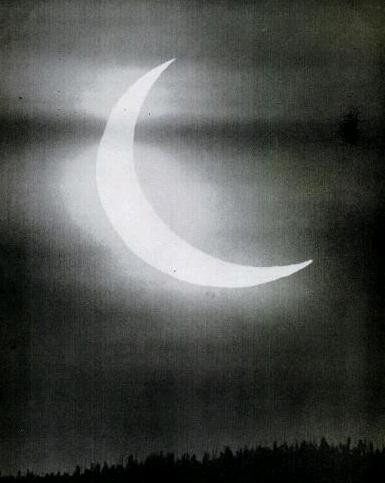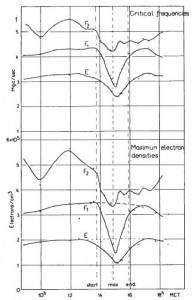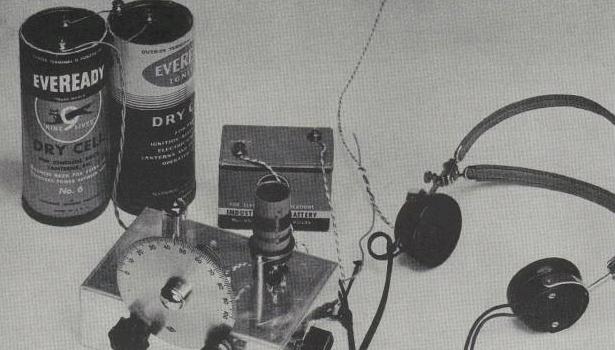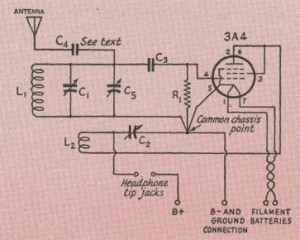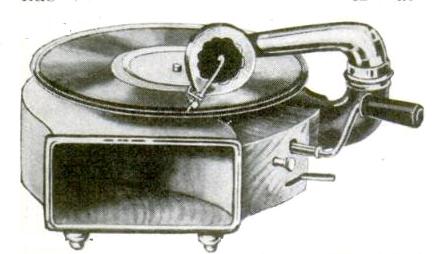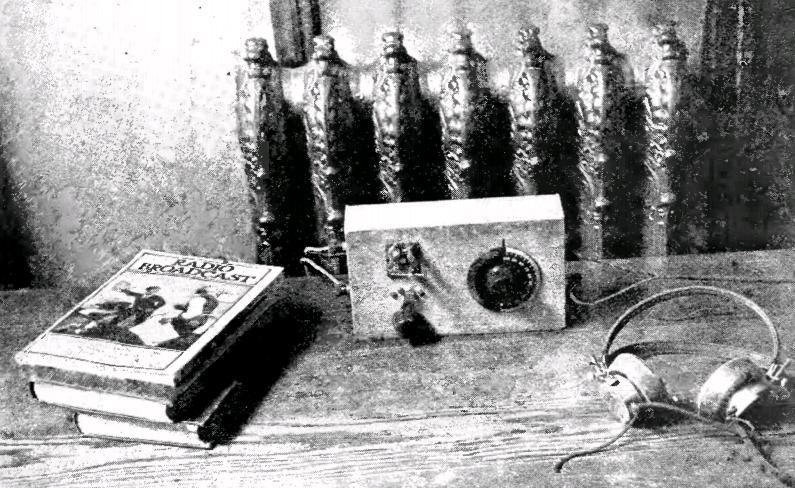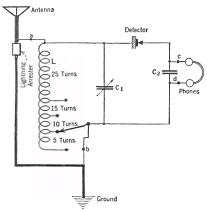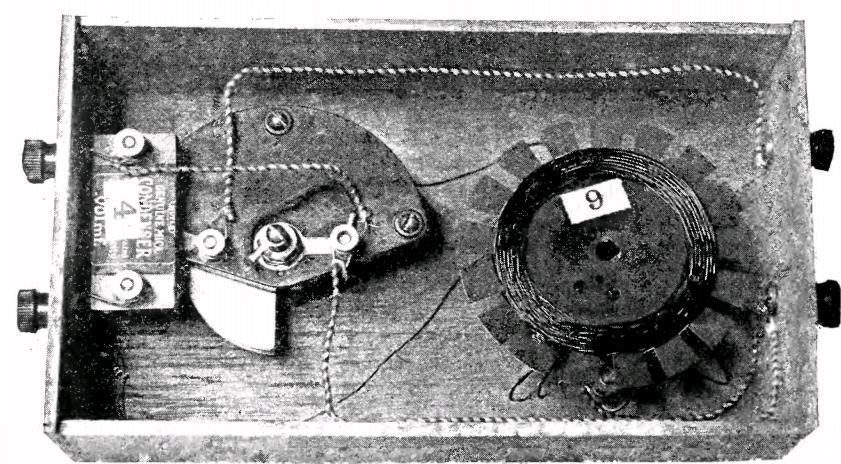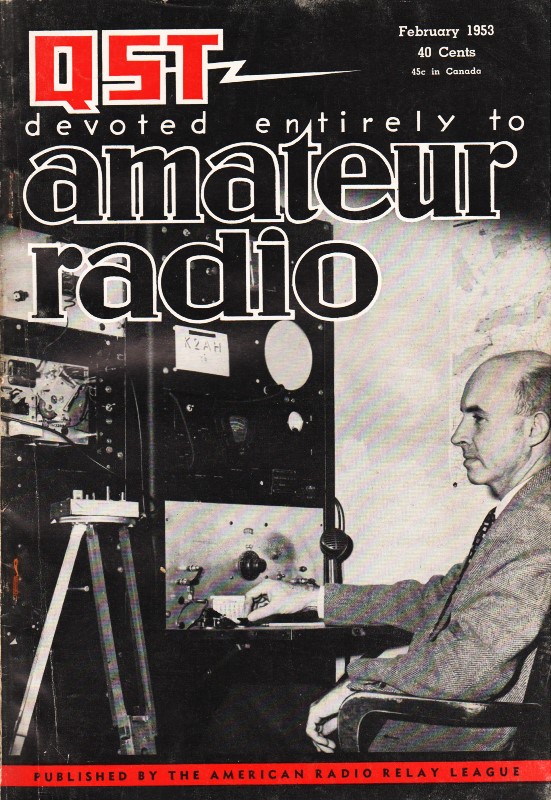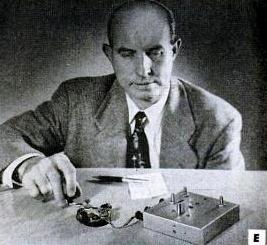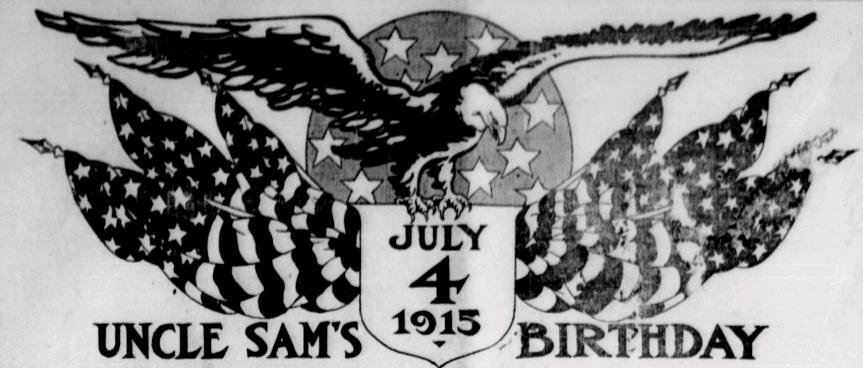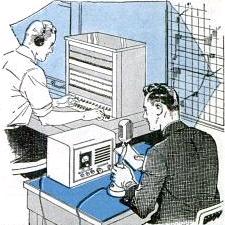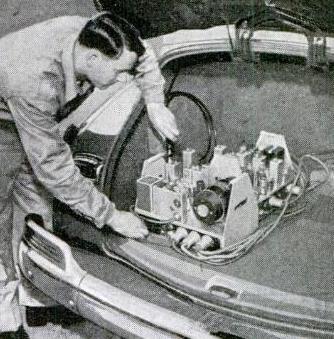

 QRP’ers wanting to get on the air with a novel power source will appreciate the steam powered transmitter that appeared in Popular Electronics fifty years ago this month, July 1965.
QRP’ers wanting to get on the air with a novel power source will appreciate the steam powered transmitter that appeared in Popular Electronics fifty years ago this month, July 1965.
The author, Hartland B. Smith, W8VVD, describes a one-transistor crystal controlled transmitter with a power output of 10-15 milliwatts, powered by a DC motor attached to a model steam engine. The motor (being used as a generator) was on a hinged mount, with a rubber grommet contacting the steam engine flywheel and with a rubber band providing the necessary tension. The rig was tested with 3 volts, but the generator was said to put out up to six volts.
The steam engine manufacturer recommended (as they still do) the use of dry fuel tablets , but the author noted that anything from a candle to a propane tank could be used. To avoid the need for frequent refueling, the author settled on a propane tank, resting between two wooden blocks.
, but the author noted that anything from a candle to a propane tank could be used. To avoid the need for frequent refueling, the author settled on a propane tank, resting between two wooden blocks.
The author notes that almost any of the model engines on the market would be up to the task, but he recommended one with a fairly large boiler to avoid delays caused by needing to refill and build up a new head of steam.
Model steam engines, practically identical to the one shown in the 1965 article, are still available, although they can be a bit pricey. My son owns a Jensen Model 75 , although I don’t think we paid anywhere near its current price on Amazon
, although I don’t think we paid anywhere near its current price on Amazon . The Wilesco Model D5
. The Wilesco Model D5 appears comaprable, at a more reasonable price. Either should put out more than adequate power to run a small transmitter similar to the one shown in the article. The tank does appear somewhat smaller than the one in the article, but will give several minutes of run time, enough for a short QSO, if not a long ragchew. We power ours with the Esbit Dry Fuel Tablets
appears comaprable, at a more reasonable price. Either should put out more than adequate power to run a small transmitter similar to the one shown in the article. The tank does appear somewhat smaller than the one in the article, but will give several minutes of run time, enough for a short QSO, if not a long ragchew. We power ours with the Esbit Dry Fuel Tablets , although it could easily be run with alcohol. Because of the smaller tank, it would probably be tricky to rig it up to run from the propane tank, although that could probably be managed.
, although it could easily be run with alcohol. Because of the smaller tank, it would probably be tricky to rig it up to run from the propane tank, although that could probably be managed.
The author Hartland Smith was first licensed in 1941, and is still licensed as W8QX. In addition to writing, he worked as a broadcast engineer, designer, and kit manufacturer. He has a number of interesting websites which he has linked at this one. I received a nice e-mail from him, in which he mentioned that had written a number of other articles for “PopTronics.” I did a search and located quite a few, including the “Camper’s Special” from 1965 and the “Camper’s Cuzzin” from 1967. Together, they formed an 80 meter QRP station suitable for camping or emergency backup. The “Camper’s Special” was a crystal-controlled transmitter that put out 5 watts. The author points out (as many of us later discovered with the modern rediscovery of QRP) that this is just two S-units weaker than a 100 watt signal. The “Camper’s Cuzzin” was a companion receive converter, which allowed the builder to tune the 80 meter band on a standard broadcast receiver. It contained three transistors, a local oscillator tuning 5.1 – 5.6 MHz, an amplifier-mixer, and a BFO set to 1.6 MHz. By setting the converter next to a portable AM radio tuned to 1600, the result was that 80 meter CW or SSB could be heard.
He also designed two transmitters for the novice. The “Hart-25” from 1955 put out 25 watts, and the “Hart-65” in 1967 put out 65 watts on 80 and 40.
For those looking for an even more challenging QRP transmitter, check out AA1TJ’s voice powered “CW” transmitter described at this link and seen in action on this video. He worked a QSO of a hundred miles with no power source other than his own voice into a PM speaker. It was probably quite a bit more than two S-units below a 100 watt signal, but by shouting loud enough, he made QSO’s without any power source, steam or otherwise.
Click Here For Today’s Ripley’s Believe It Or Not Cartoon 
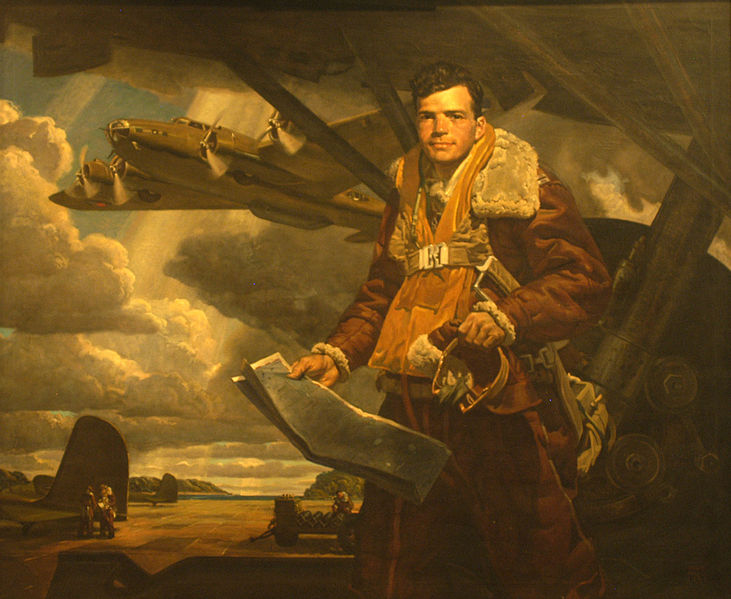
![]()

